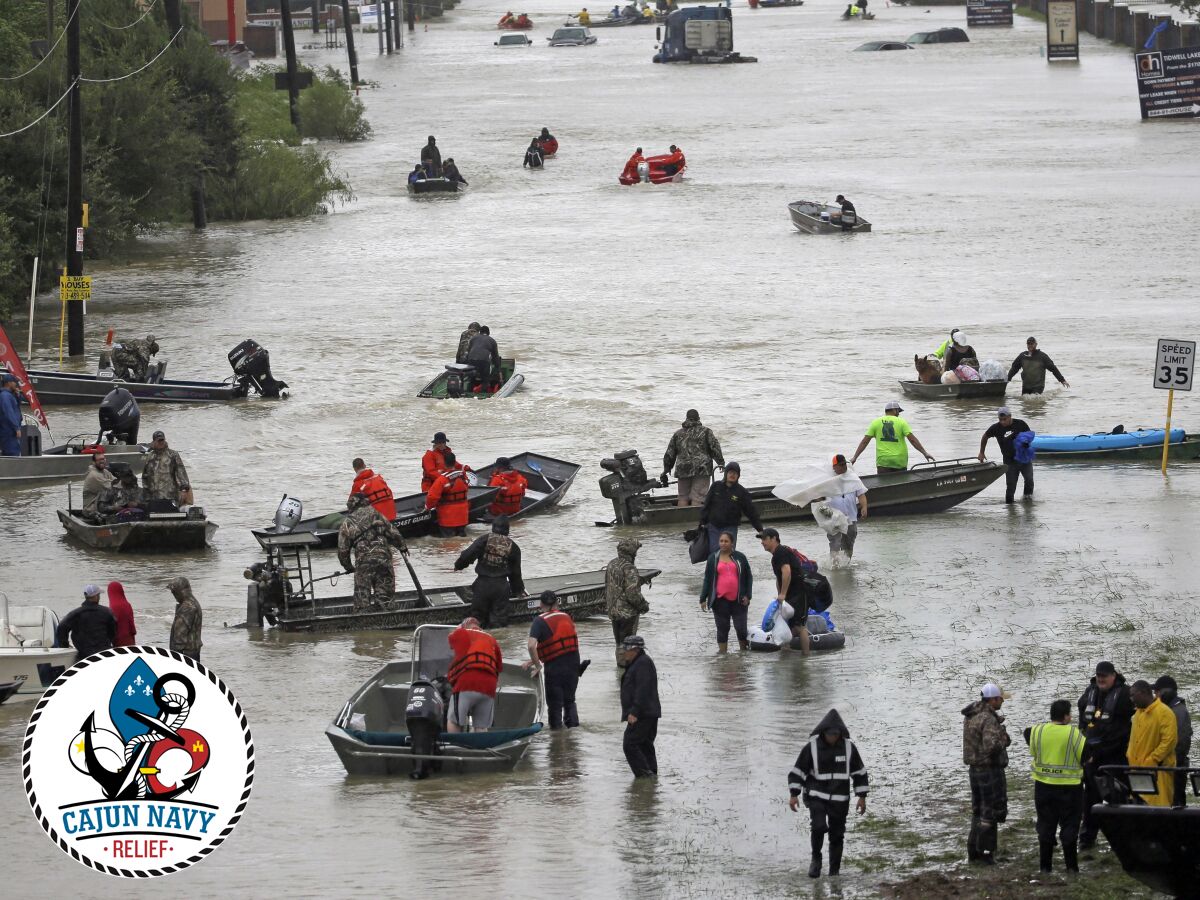Slide presentation
Skillshares
Caroline, Writing disaster in film / CPR, Slide presentation
Sadie, California Safety, for those who didn’t grow up there but plan on moving
Gianna, Morse Code
Nia, Editing video in premiere
Readings
Lots to read on this topic this week. Let’s make sure to all read the Campbell piece which is short, fascinating, and highly readable. Also, the Douglas, Klinenberg, and Koslov article on the Cajun Navy is an important one for us to consider, so make sure to give that your attention. The Cajun Navy is a fascinating case of voluntarism in the face of disaster, and their use of emergency communications infrastructure is really interesting as well. Lastly, try to get through as much of the Bounds piece as you can. I’ve included the entire book, but let’s focus on chapter 1. The book does anthropological research about prepper culture in New York City, and touches on many of the disaster cases that we have already talked about in class.
Let’s consider the remaining texts as optional. The pieces in Salon, and The New Yorker, are shorter reads that give accounts of the Cajun Navy. If you’d like a quick overview of this phenomenon before reading the academic piece, that might aid your comprehension. The next two pieces are fascinating accounts of prepper culture (one is by the same author as Bracing for the Apocalypse), and the last is a piece about toolkits by Shannon Mattern that touches on some of these themes.
Focus on the required texts, but if anyone wants to work on prepper culture for the final project (and I hope some of you might consider it!) then I recommend you come back to the optional texts for deeper analysis.
• Bruce Campbell, “Compromising Technologies: Government, the Radio Hobby, and the Discourse of Catastrophe in the Twentieth Century”, from Communities of the Air, 2003
• Douglas, Klinenberg, and Koslov, “Grassroots Relief: Informal and Community-Based Response to Extreme Weather Events from Occupy Sandy to the Cajun Navy”, 2018
• Anna Bounds, Bracing for the Apocalypse: An Ethnographic Study of New York’s ‘Prepper’ Subculture, 2020, Chapter 1 (pages 3-23, discusses Ready.gov, the project represented by Abby Banks from NYC Emergency Management)
• (Optional.) Tricia Wachtendort and James Kendra, “‘Cajun Navy’ rescuers in Hurricane Harvey show vital role of volunteer boats”, Salon.com, September 3, 2017
• (Optional.) Benjamin Wallace-Wells, “Why Does America Need the Cajun Navy?” The New Yorker, August 31, 2017
• (Optional.) Kezia Barker, “Awakening from the Sleep-walking City: Crisis, detachment, and the real in prepper awakening narratives”, Society and Space, 2022
• (Optional.) Anna Bounds, “New Yorkers’ Street Smarts and Survival Smarts During
the Pandemic: Preppers, Community Resilience and Local Citizenship”, Urbana, 2020
• (Optional.) Shannon Mattern, “Unboxing the Toolkit”, tool-shed.org, 2021
Examples
I’d also like to talk this week about “preparedness” as an ideology, and in particular the phrase “Be prepared,” which is the motto for the Boy Scouts, and also the Girls Scouts I believe, although the Girl Scouts also have a slogan, a promise, and a law, which I think are in addition to the motto. In any case, have a look at these links, or related material you might find, and let’s discuss in class.
• Bryan Wendell, “Be Prepared: The origin story behind the Scout motto”, May 8, 2017
• GirlScouts.org Traditions and Ceremonies (Scroll down and click on “Traditions”)
• GirlScouts.org Promise and Law
• Scout Motto (Wikipedia)

Leave a Reply